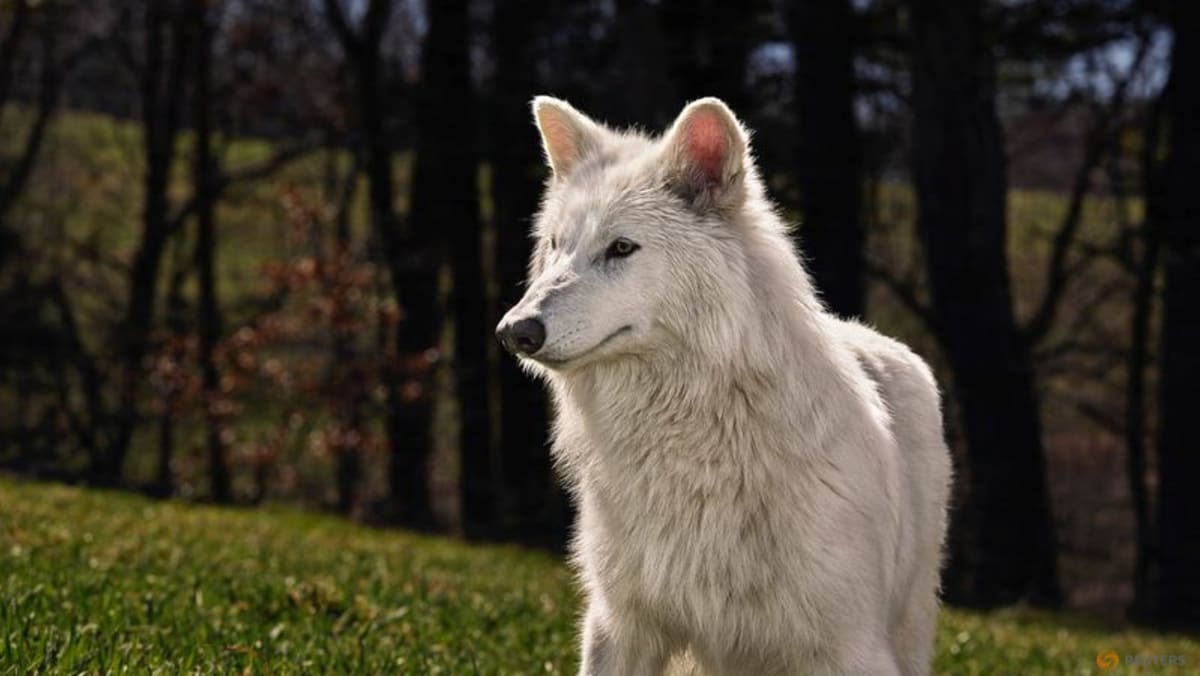There’s also the problem that captive breeding programmes seeking to release endangered species into the wild today regularly butt against: that the new animals have little or no idea what to do or how to live in their new habitat.
Operation Migration, dramatised in the 1996 film Fly Away Home, saw a dedicated team of pilots teach endangered migratory birds how to traverse North America by having them chase microlight aircraft for thousands of miles.
This is just one example of the intensive training necessary, and which is never guaranteed to be successful. It’s obviously more difficult to train apex predators by example – I will not be volunteering for the “intro to pack hunting” session.
NO QUICK FIXES
The word “de-extinction” is not just itself untrue, but it seeks to diminish the inconvenient truth of the biodiversity crisis: We know what causes extinction, and it’s us.
Food systems have to destroy less habitat and use much less protein from animals, wild and farmed. Energy systems have to burn less carbon, so that there are fewer deaths among species (including ours) trying to adapt to higher temperatures and the changes they bring.
To do both these things, our landscapes have to leave more space for nature and much of what remains must be used more efficiently to provide food, fuel and living space.
There are definite signs that we can make good on these promises: Conservation does work, for humans and for other species.
But these changes require us to recognise that certain economic and political philosophies are no longer tenable. They require sacrifice by everyone and a willingness by rich people and countries to pay with money, trade policy, intellectual property rights and energy supply, so that many of the poorest people and countries can flourish while avoiding the environmental damage that those rich countries caused over their own histories.
